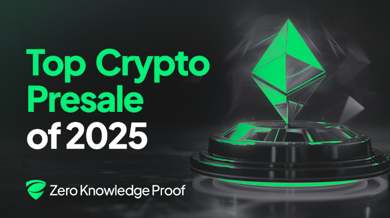
The Rising Significance of Stablecoins in the Cryptocurrency World
In the financial landscape of 2024, Bitcoin’s (BTC) meteoric surge past the $100,000 mark may have dominated headlines, but an often-overlooked segment of the crypto market is making significant strides: stablecoins. These digital currencies, designed to maintain consistent value by pegging to traditional currencies like the US dollar, are attracting increasing interest from major financial entities such as Visa, PayPal, and Stripe.
Expanding Global Appetite for Stablecoins
The stablecoin sector is fast becoming a lucrative area within the digital asset realm. The mechanism behind stablecoins involves backing their value with reserves that can now be invested in short-term US Treasuries, which currently offer enticing returns. Unlike the highly volatile Bitcoin and other cryptocurrencies, stablecoins are being embraced worldwide for transactions, providing reliability in the tumultuous crypto markets.
Rob Hadick, a general partner at Dragonfly, a digital asset venture firm, underscores the escalating demand for stablecoins among leading corporations active in underserved payment territories. “There’s been a notable uptick in demand from top-tier global companies engaged in contractor and employee payouts, trade finance, and remittances,” he stated.
Bloomberg reports that the stablecoin sector is on the cusp of heightened competition, with its total market capitalization having climbed to approximately $205 billion. Tether Holdings Ltd.’s USDT continues to dominate with a market cap nearing $140 billion. However, the evolving regulatory landscape presents challenges. The European Union’s Markets in Crypto Assets (MiCA) regulations stipulate that all stablecoins on centralized exchanges (CEXs) must be issued by entities possessing an e-money license. Circle Internet Financial Ltd., a primary rival to Tether, secured this license in July, while Tether has yet to apply, potentially jeopardizing its future on exchanges.
Exploring New Revenue Avenues Amidst Market Fluctuations
In the United States, various companies are venturing into the stablecoin domain. Visa has introduced its Tokenized Asset Platform, empowering banks to issue stablecoins. Meanwhile, financial technology firm Revolut is considering launching its own stablecoin, and Stripe has acquired the fintech platform Bridge, which focuses on stablecoin transactions.
Augustus Ilag, an investment partner at CMT Digital, commented, “Issuing stablecoins presents a compelling business model today.” The success stories of companies like Circle and Tether have spurred numerous businesses to contemplate launching their own stablecoins, offering a fresh revenue stream and a means to diversify their portfolios.
Johann Kerbrat, crypto general manager at Robinhood, remarked on the company’s collaboration with Paxos to establish an open network for stablecoin usage, accentuating the substantial value stablecoins can deliver to their platform.
Nevertheless, the ascent of stablecoins is not without its perils. The disastrous collapse of TerraUSD in 2022, an algorithmic stablecoin that utilized the parallel currency Luna to maintain its fixed value, serves as a stark warning. The downfall of TerraUSD precipitated a broader selloff in the crypto market, wiping out $200 billion in total market value and leading to the bankruptcy of several digital asset firms.
Despite these challenges, the regulatory environment for stablecoins in the US remains fragmented. Efforts to create a comprehensive framework are ongoing, while the European Union’s MiCA regulations are setting the stage for more defined guidelines and increased adoption among European companies.
Tarun Chitra, general partner at Robot Ventures, highlighted the hurdles fintechs face under Europe’s stringent, banking-like regulations. “Stablecoins circumvent many of these issues, making the process automated,” he observed.
The total crypto market cap is currently valued at $3.4 trillion, according to data from TradingView.com.
“`







